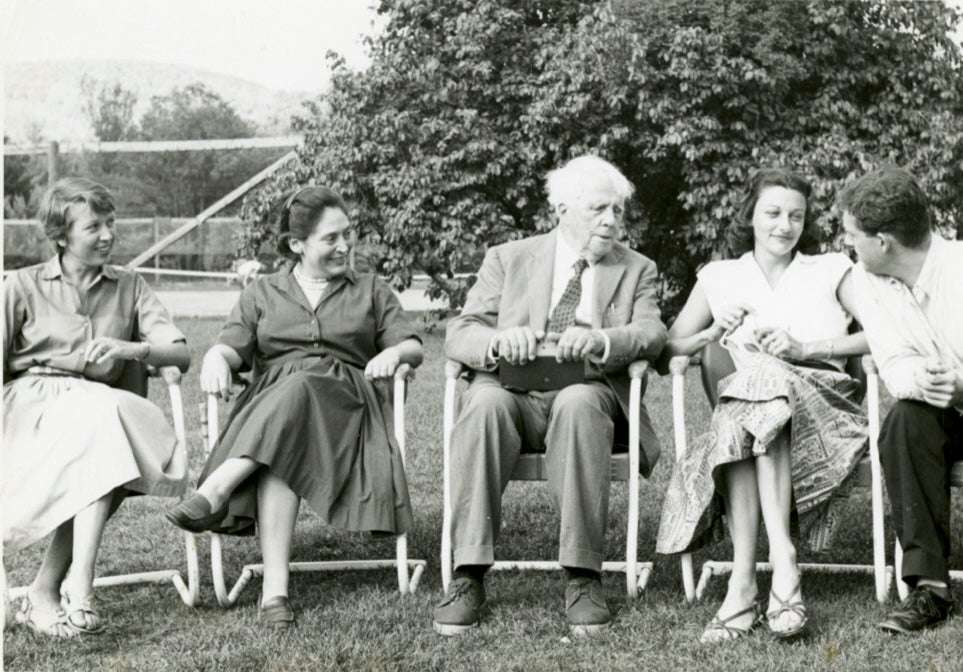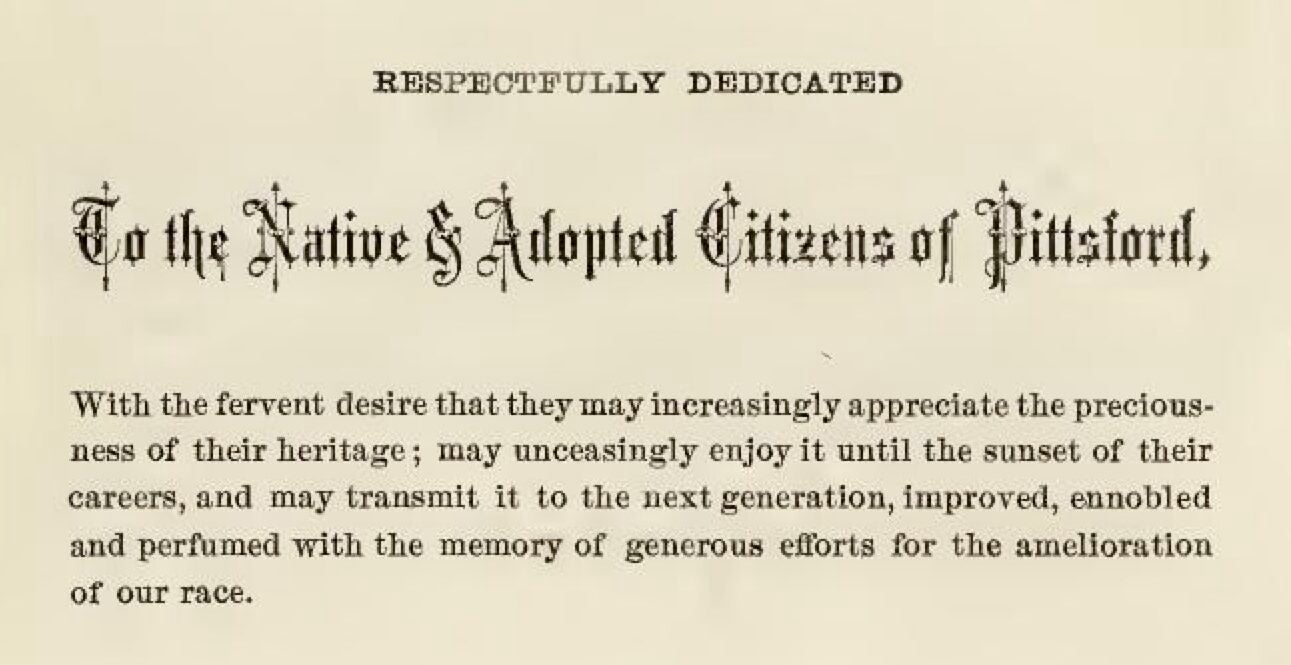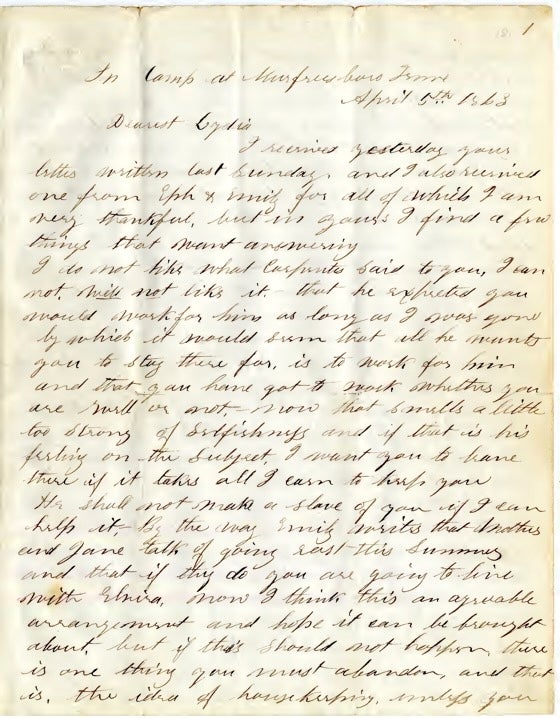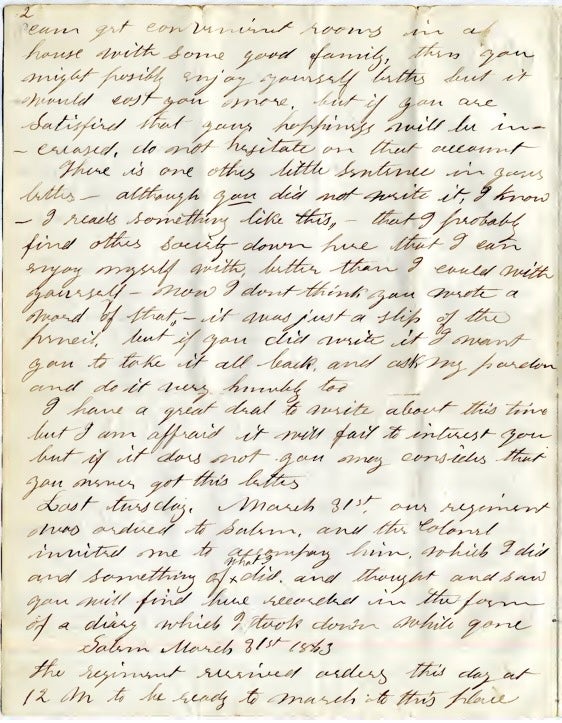
In a way, it was a single image of a hand-painted letter opener that made Middlebury College librarian Rebekah Irwin truly grasp the extent of JSTOR’s reach. Back in 2020, she had heard about JSTOR’s shared collections program, a novel initiative to make it easy for schools to offer their holdings to students and scholars far beyond the confines of campus. She eagerly joined.
“The driving force for wanting to participate in that experiment was the idea that our collections would be integrated in secondary sources,” says Irwin, the Director and Curator of Special Collections, Archives, and Preservation at Middlebury. “That would be completely new for us.”
The impact of one image
Among the 75,000+ items included across Middlebury’s twenty collections on JSTOR is the Abernethy Collection of American Literature. Acquired at auction about a century ago, the collection contains archival materials related to the naturalist and essayist Henry David Thoreau, whose sister Sophia fashioned the striking letter opener. As it happens, Sophia was the main draw for a researcher in the Netherlands who was working on a graduate-level thesis. They were “interested in making a case,” Irwin explains, that Sophia “was a proto-environmentalist in the shadow of her brother. And so this object, which we have scanned, digitized, and made available, popped up with this scholar’s search for anything about Henry David Thoreau’s sister.”
For Middlebury and other small liberal arts schools, taking part in JSTOR’s shared collections program is almost a no-brainer, Irwin says, since JSTOR is a database with which many students are already very familiar. It has, she says, “brand recognition for our young undergraduates. We knew, really, to be in that space probably only brought benefits.”
One benefit which Irwin did not anticipate is how many users would find and utilize Middlebury’s materials outside of the school’s student body.
Images as researcher magnets

Looking at usage metrics for Middlebury’s shared collections from JSTOR, Irwin sees discernable patterns. Literary collections like Abernethy and the Bread Loaf Writers’ Conference and School of English do well among students at all levels of higher education, as well as professors investigating, for instance, poets like Robert Frost and Anne Sexton. “These are topics we think that we’re finding graduate students more engaged with,” Irwin says. “JSTOR is really, in some ways, extending our age range.”
At the same time, she says, “everyone has nostalgia,” which leads them—whether in educational settings or far removed—to collections including Middlebury’s Early Vermont Postcard Collection. Irwin finds these developments invigorating.

“What I’m most excited about is that JSTOR is reaching a much broader audience than just Middlebury College,” Irwin says.
The postcards are like a magnet, drawing people “searching for Vermont history, and they’re—I suspect—skewing older. They’re local historians or genealogists.”

But no matter how many people access a history of the town of Pittsford, Vermont—requested over 2,000 times and counting–the single most popular item so far from Middlebury’s shared collections is a letter written during the Civil War, which has had 8,000 requests. While there is no way to know what about that letter in particular draws so much interest, Irwin is delighted that enthusiasts of all kinds and ages are taking advantage of what JSTOR’s shared collections has to offer. She says it has outperformed the college’s membership in similar platforms.


Expanding scholarship, exceeding expectations
“The JSTOR search, I think, attracts scholarship in a really disciplined way, and that’s unique,” she says. “We have found one of the primary benefits is it allows us to reach a truly academic audience beyond our undergraduate college.”
She praises the intermingling on JSTOR of Middlebury’s primary sources with secondary scholarship. Moreover, Irwin points out, the barriers to entry are low in making this partnership very fruitful for a small liberal arts school like Middlebury.
“We always saw JSTOR as a tool to reach beyond our campus. It is doing that,” she says. “It’s really exceeded our expectations.”


